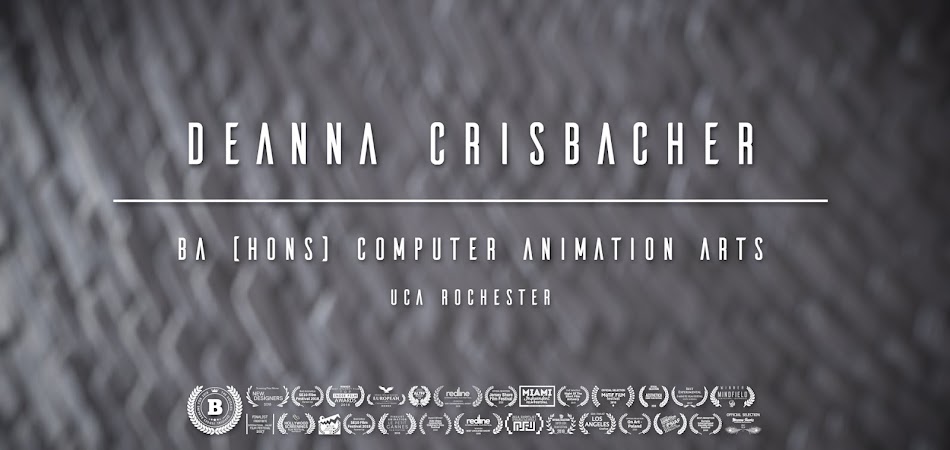 |
| Fig. 1 'Psycho' (1960) |
Instead, he draws it out, "...that's the way it is with Mr. Hitchcock's picture- slow buildups to sudden shocks that are old-fashioned melodramatics, however effective and sure, until a couple of people have been gruesomely punctured and the mystery of the haunted house has been revealed," (Crowther, 1960). Hitchcock makes us feel comfortable believing that this is a story about a young woman, Marion Crane (Janet Leigh) who steals $40,000 to help out her lover. However, midway through the film Hitchcock throws us a curveball by killing off our protagonist...or at least we thought she was our protagonist.
Disturbingly, however, it is easily to suddenly feel as though Norman Bates (Anthony Perkins) is the new hero. Although it is relatively obvious Norman is the murderer, it is almost instinctive to side with the young man as he appears shocked at the discovery of Marion's corpse, "Hitchcock is insidiously substituting protagonists. Marion is dead, but now (not consciously but in a deeper place) we identify with normal--not because we could stab someone, but because, if we did, we would be consumed by fear and guilt, as is he," (Ebert, 1998).
Norman hurriedly clears up the murder scene, giving the impression he has experience disposing of dead bodies. He even knows a location in a swamp to dispose of Marion's body along with her car and belongings. Despite coming to the conclusion Norman has killed before, we still feel the pressure when the car hesitates while sinking... along with the relief when it disappears into the muck. The pressure returns as Norman is later interrogated by a private investigator searching for Marion. This feeling of guilt and stress is played on by Hitchock's use of camera shots. He focuses in on Norman's throat from curious angle, signaling vulnerability to the investigator. In turn, the investigator's prying eyes are captured using close-ups of his face for the duration of the scene to increase the sense that he is dominating the situation.
 |
| Fig. 2 Norman's Throat |
The use of music and editing is part of what made 'Psycho' a classic. The notorious shower scene uses over 70 pieces of film which have been cut and edited together using montage editing to create an experience instead of just a passive moving image the audience witnesses. By adding score created by Bernard Herrman on top of this montage, Hitchcock managed to put the viewer in the position of Marion as she was being stabbed to death by a mysterious figure. That sequence itself became arguably one of the most recognizable and celebrated scenes/movie score in cinema history.
Near the end of the film, Hitchcock presents us with one more morbid twist. Norman Bates has a split personality with a childish, obedient Norman being one and his abusive, controlling mother being the other. Technically, according to the psychologist in the film, it was Norman's mother who was a killer. Watching the film now, the scene where the psychologist explains Norman's mental state to us seems tedious but it gives us a look into how mental illness was viewed in the 1960's. Not many people knew anything about it and even went out of their way to ignore it
 |
| Fig. 3 Norman/Norma Bates |
Bibliography:
Crowther, B (1960) Movie Review Psycho At: http://www.nytimes.com/movie/review?res=EE05E7DF173DE273BC4F52DFB066838B679EDE Accessed on: 19/1/2016
Ebert, R. (1998) Psycho At: http://www.rogerebert.com/reviews/great-movie-psycho-1960 Accessed on: 19/1/2016
Monahan, M. (2015) Psycho, review At: http://www.telegraph.co.uk/culture/film/filmreviews/11025424/Psycho-review.html Accessed on: 19/1/2016
Illustration List:
Figure 1. Psycho [Poster] At: https://img1.etsystatic.com/002/1/5927693/il_fullxfull.359974463_rlia.jpg Accessed on: 19/1/2016
Figure 2. Norman's Throat [Film Still] At: http://the.hitchcock.zone/wiki/1000_Frames_of_Psycho_(1960)_-_frame_604 Accessed on: 19/1/2016
Figure 3. Norman/Norma Bates [Film Still] At: https://i.ytimg.com/vi/nceYiqf0CPw/maxresdefault.jpg Accessed on: 19/1/2016

Another excellent review Dee! :)
ReplyDeleteThank you! ^_^
DeleteThat sequence itself became *questionably* one of the most recognizable and celebrated scenes/movie score in cinema history.
ReplyDeleteJust a small point - here, I think you mean 'arguably', as it is arguable that the shower scene is cinema's most celebrated scene. 'Questionably' means something a little different - 'if something is questionable, it is suspicious or doubtful - so in fact, arguably and questionably are near opposites of each other in terms of what they connote.
Yes, that's the word I was trying to think of...thanks!
Delete